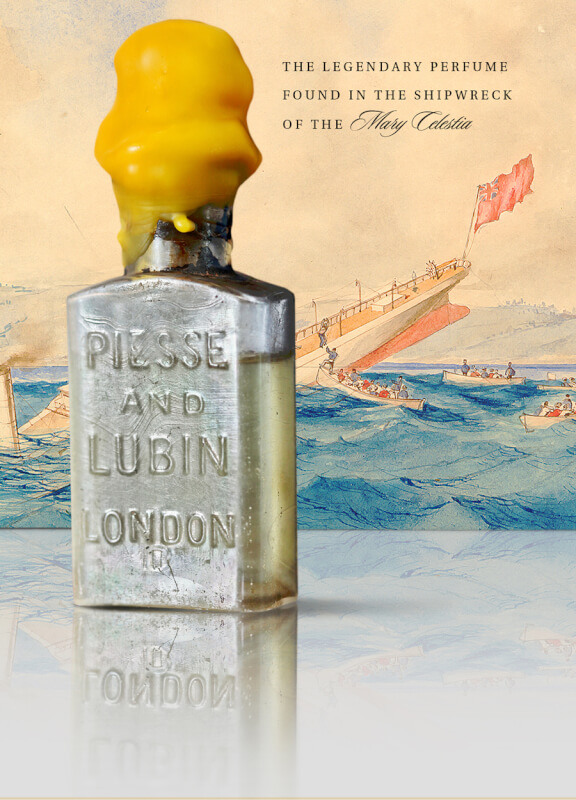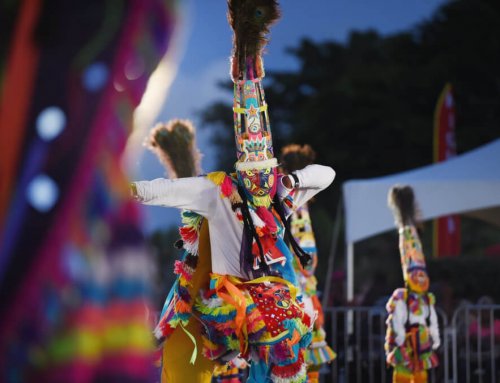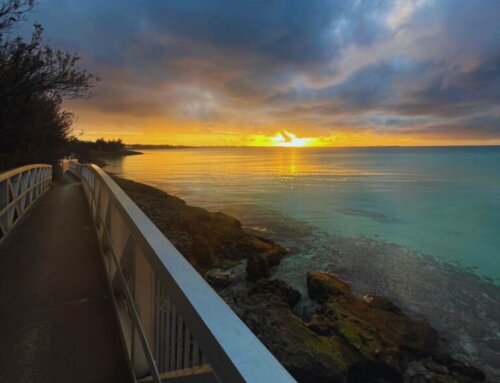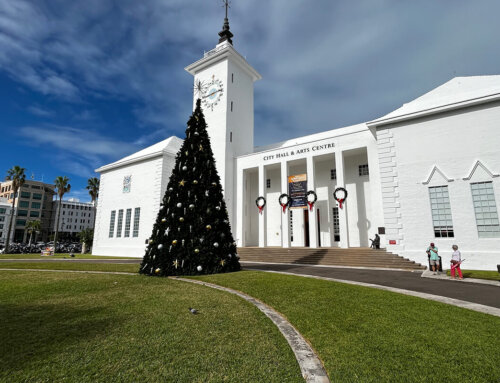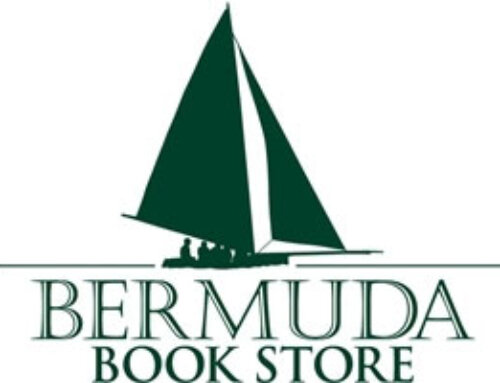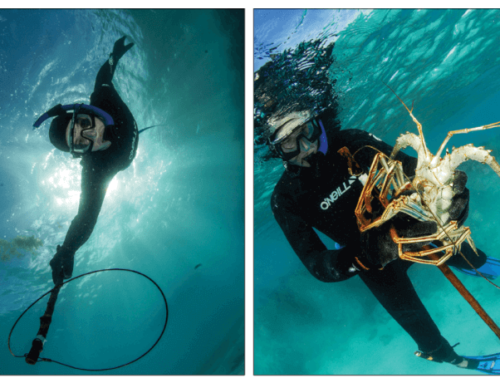Bermuda is known as the shipwreck capitol of the world, with more than 300 shipwrecks resting in the waters surrounding the island. And we owe our history to these infamous events, too. Although first discovered in 1505 by the Spanish Captain, Juan de Bermudez, it wasn’t until 1609, when English pilgrims en route to Virginia found themselves shipwrecked on our shores, that the island would become inhabited and later colonized by Britain.
“Over five centuries, hundreds of vessels have come to grief on Bermuda’s encircling reefs due to pilot error, raging storms, inaccurate charts and the historical inability to determine position at sea” writes Elena Strong, director at the National Museum of Bermuda’.
She provides some very interesting facts in her article ‘Explore Shipwrecks On Land’, featured in our Spring publication (read online here). You can learn more by visiting the museum’s fascinating exhibit Shipwrecked Island.
The Ocean Discovery Centre at BUEI is another great museum to check out, particularly if you are interested in how the Bermuda Triangle influenced these wrecks.
On our May Cover, in honour of Heritage Month in Bermuda, we pay homage to our unique maritime history with this painting of the Mary Celestia
(Edward James, the wreck of Mary Celestia, 1864 Godet Family Collection, National Museum of Bermuda).
The Mary Celestia was a confederate blockade-runner with multiple identities. In an effort to confuse and evade monitoring Union spies, this crafty ship operated under a variety of names: Marie Celeste, Mary Celeste and the Bijou. She chartered to the South during America’s Civil War, smuggling guns, ammunition, food and contraband into Charleston Harbour, but sank in 1864 after hitting a reef close to Bermuda’s South Shore. The wreck lies in 17m/55ft of water with one of her paddlewheel frames standing upright like a miniature Ferris wheel. The site has since become a popular dive spot among scuba divers, and in 2011, an international team of Marine Archaeologists discovered two intact bottles of perfume embossed Piesse and Lubin London, in the bow of the shipwreck. Soon after its finding, the Bermuda Perfumery became the official custodian of the bottle and researched its contents to recreate this historical fragrance, which you can now smell and purchase at the Perfumery in St. George’s. To learn more about this legendary perfume, it’s significance to Bermuda, and the world of Perfumery, Lili Bermuda have written an excellent blog post which you can read here:

